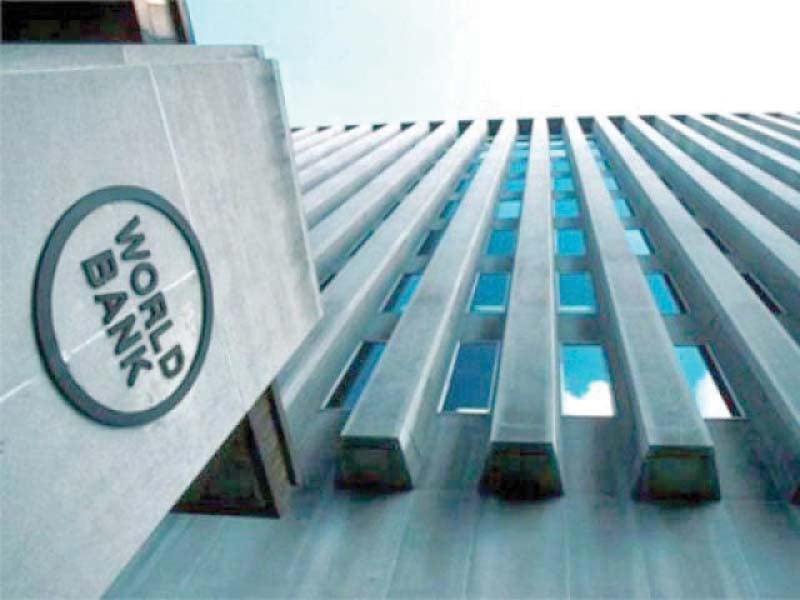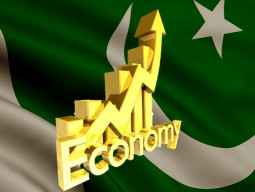
Formal trade between India and Pakistan could be $37 billion or 15-fold more than current levels, according to the report titled ‘Glass Half Full: The Promise of Regional Trade in South Asia’. The report underlined the necessity of realising the full trading potential in South Asia through baby but concrete steps.
It identified four critical barriers to regional trade which include tariffs and para-tariffs, real and perceived non-tariff barriers, connectivity costs and a broader trust deficit.
The World Bank chose to release the report at a time when the new government took over in Pakistan. The Pakistan Tehreek-e-Insaf (PTI) government has indicated that it is interested in expanding bilateral economic relations but the hardline Indian government is reluctant to deepen ties, partly because of upcoming elections.
Complex relations and political tensions between the two largest countries in South Asia had adversely affected India-Pakistan bilateral trade as well as trade within the region, added the report.
While Pakistan and India collectively represent 88% of South Asia’s gross domestic product (GDP), trade between the two countries is only a little over $2 billion. This could be as high as $37 billion, said World Bank lead economist and lead author of the report Sanjay Kathuria.
The bank advocated doing more trade via Wagah-Attari border, which was cost-effective when compared to the sea route. Pakistan permits only 138 items to be imported from India through the Wagah-Attari land route. The report estimated that by reducing artificial trade barriers, trade within South Asia could grow roughly three times, from $23 billion to $67 billion. Nearly 80% of the value is lost because of tensions between India and Pakistan.
The South Asia Free Trade Agreement (Safta) would not work until the two largest regional economies traded with each other, emphasised Kathuria.
He called on Pakistan to provide India the most-favoured nation (MFN) status in order to enhance bilateral trade. Small markets at India-Pakistan borders should be set up as a confidence-building measure to promote bilateral trade, stressed the economist while sharing main findings of the report at the local office of the World Bank. He said the opening of Kartarpur corridor would assist in bridging the trust deficit that existed between the two nations.
The report stated that Pakistan’s decision of not granting MFN status or non-discriminatory market access to India was also a barrier to trade. The preferential access granted by Pakistan on 82.1% of tariff lines under Safta was partially blocked in the case of India because Pakistan maintained a negative list comprising 1,209 items that could not be imported from India, it noted.
However, in practice, many of these items are exported from India to Pakistan through third countries, usually the United Arab Emirates. The report stated that the size of informal trade between Pakistan and India was 91% higher than the formal trade.
“A favourable trading regime that reduces high costs and eliminates barriers could boost investment opportunities that are critically required for accelerating growth in the country,” said World Bank Country Director for Pakistan Illango Patchamuthu.
Pakistan’s trade with South Asia accounts for only 8% of its global trade, despite the region being the world’s fastest growing. However, intra-regional trade in South Asia is among the lowest at about 5% of total trade compared with 50% in East Asia and the Pacific.
“The contribution of exports to the total national output of Pakistan is just 10% and the country can no more sustain consumption-led growth,” said World Bank Director Macroeconomics, Trade and Investment Caroline Freund.
She said the overvalued exchange rate led to the influx of cheap imports into Pakistan, which also became a barrier to the increase in exports.
“Pakistan’s currency is still far from its market value and the country has performed poorly due to its overvalued currency,” commented Freund.
Imports into Pakistan from South Asian countries may also be handicapped by China’s preferential access through the Pakistan-China free trade agreement, according to the findings.
The report argues that costs of trade are much higher within South Asia compared to other regions. Average tariff in South Asia is more than double the world average. South Asian countries have greater trade barriers to imports from within the region than from the rest of the world.
The report recommends ending sensitive lists and para-tariffs to enable real progress on Safta and calls for multi-pronged efforts to address non-tariff barriers, focusing on information flows, procedures and infrastructure.
The visa regime between India and Pakistan is particularly cumbersome, despite the liberalised bilateral visa agreement the two countries signed in 2012 to boost trade and people-to-people contacts, according to the World Bank.
Published in The Express Tribune, December 6th, 2018.
Like Business on Facebook, follow @TribuneBiz on Twitter to stay informed and join in the conversation.

1732797811-0/BeFunky-collage-(4)1732797811-0-165x106.webp)


1732796151-0/dj-drake-(1)1732796151-0-165x106.webp)


1732794933-0/Express-Tribune-(1)1732794933-0-270x192.webp)
1732084432-0/Untitled-design-(63)1732084432-0-270x192.webp)

1732789727-0/BeFunk_§_]__-(68)1732789727-0.jpg)






COMMENTS
Comments are moderated and generally will be posted if they are on-topic and not abusive.
For more information, please see our Comments FAQ